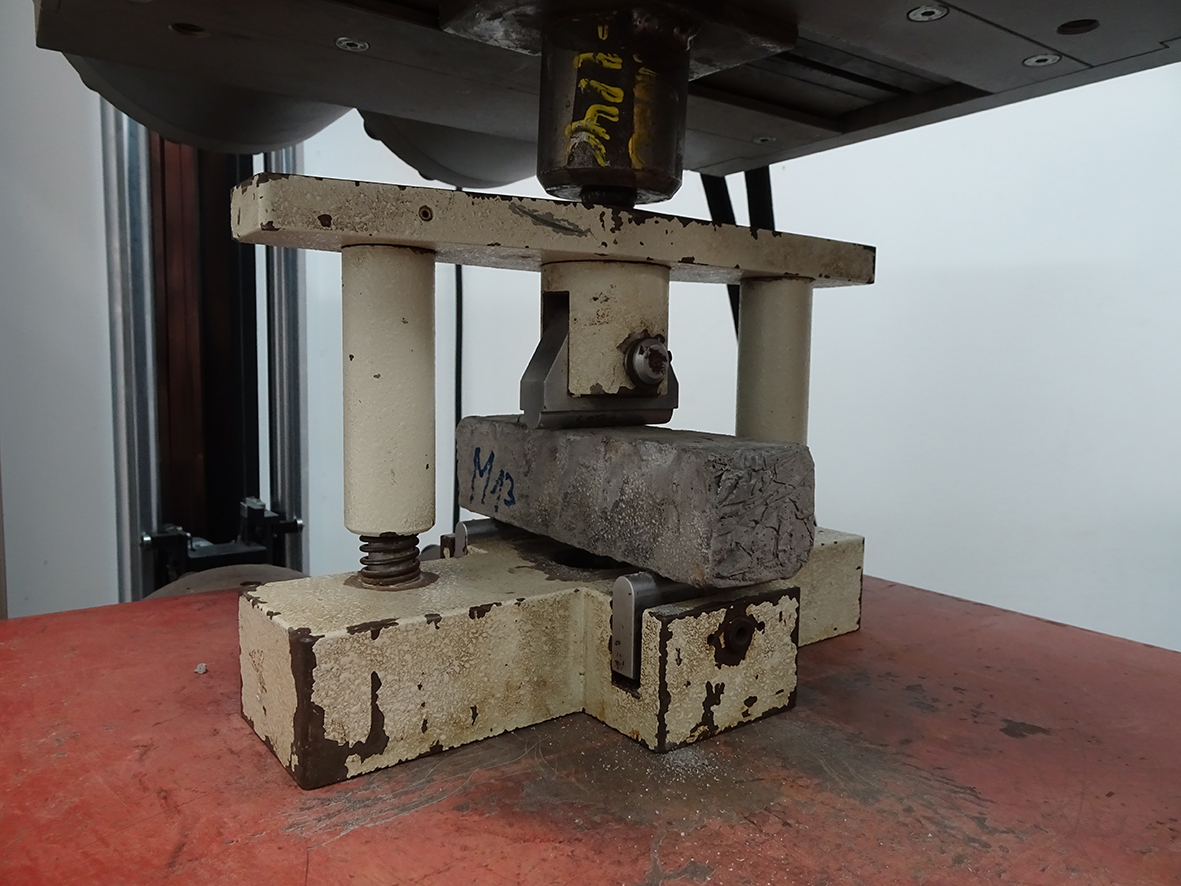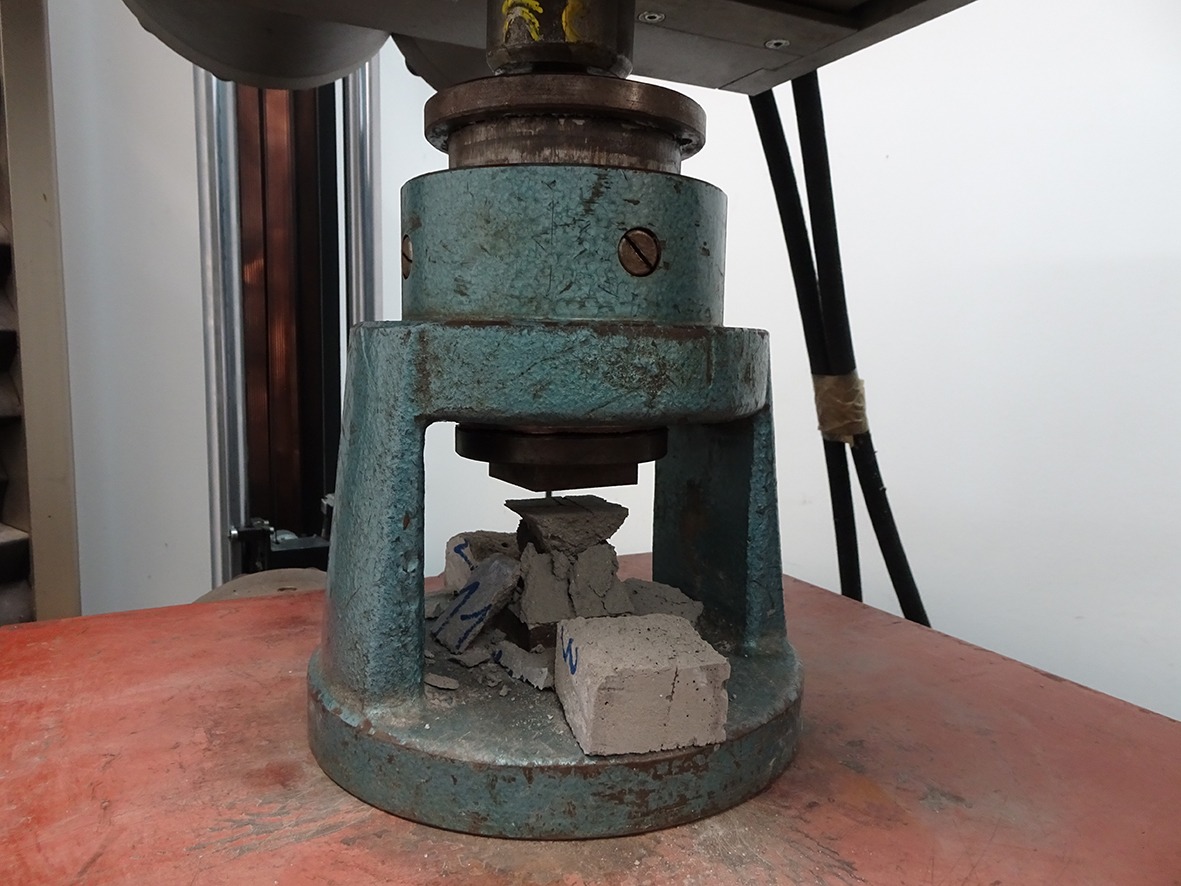1st April 2019
New sustainable materials ready for 3D printing tests
From August 2018 until the end of the year more than hundred variations of geopolymer mortar mixtures have been developed, whose binder agent was mainly fly ash. Different solutions as activators (sodium hydroxide, sodium silicate, potassium silicate); additives to modify workability and consistency of the mixtures (plasticizers, superplasticizers, fixing retarder, among other); cementitious and calcium additions to improve the mechanical performance as well as different types of fine aggregates (silicieous and calcareous sands, recycled aggregates coming from construction, crushed glass and sea shells); have been used.
In January and February 2019 more than 50 variants of mixtures of cement mortar were developed, for what a cement of low clinker content, additives and recycled aggregates were used; all of this with the aim to reduce their environmental impact.
In hardened state, mortars were mechanically characterised by bending tests and prismatic test tube compressions. In fresh state, they were visually characterised.


Mortars of up to 45 MPa of resistance to simple compression were designed, air-cured for 28 days, in lab. Mixtures with very diverse rheologies were achieved: from very fluid consistencies to other harder, some with self-levelling performance and other which keep their shape very nicely; with setting times almost immediate to other with times longer than 24 hrs.
return